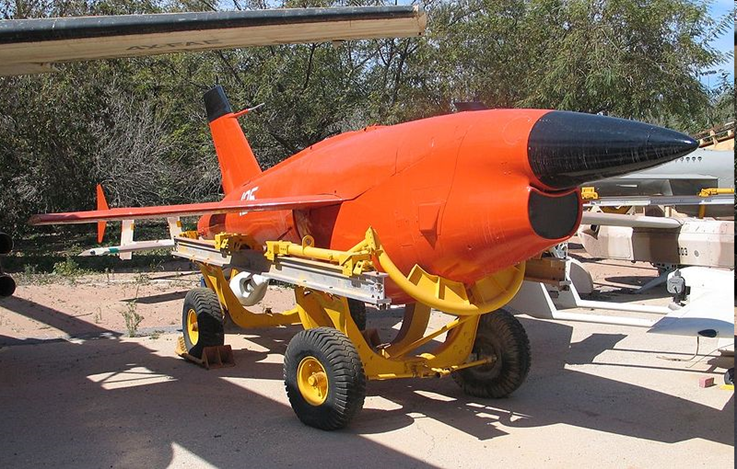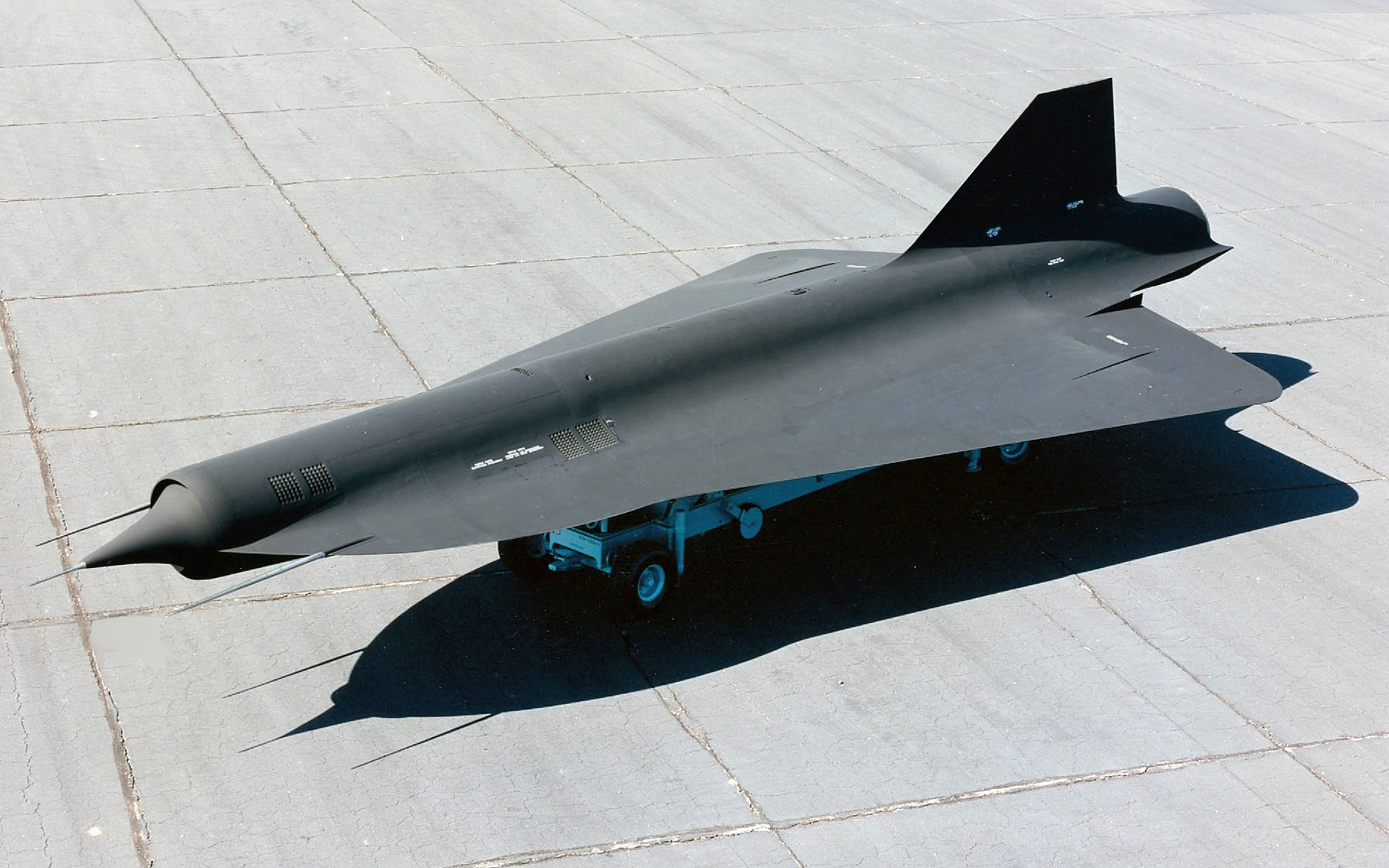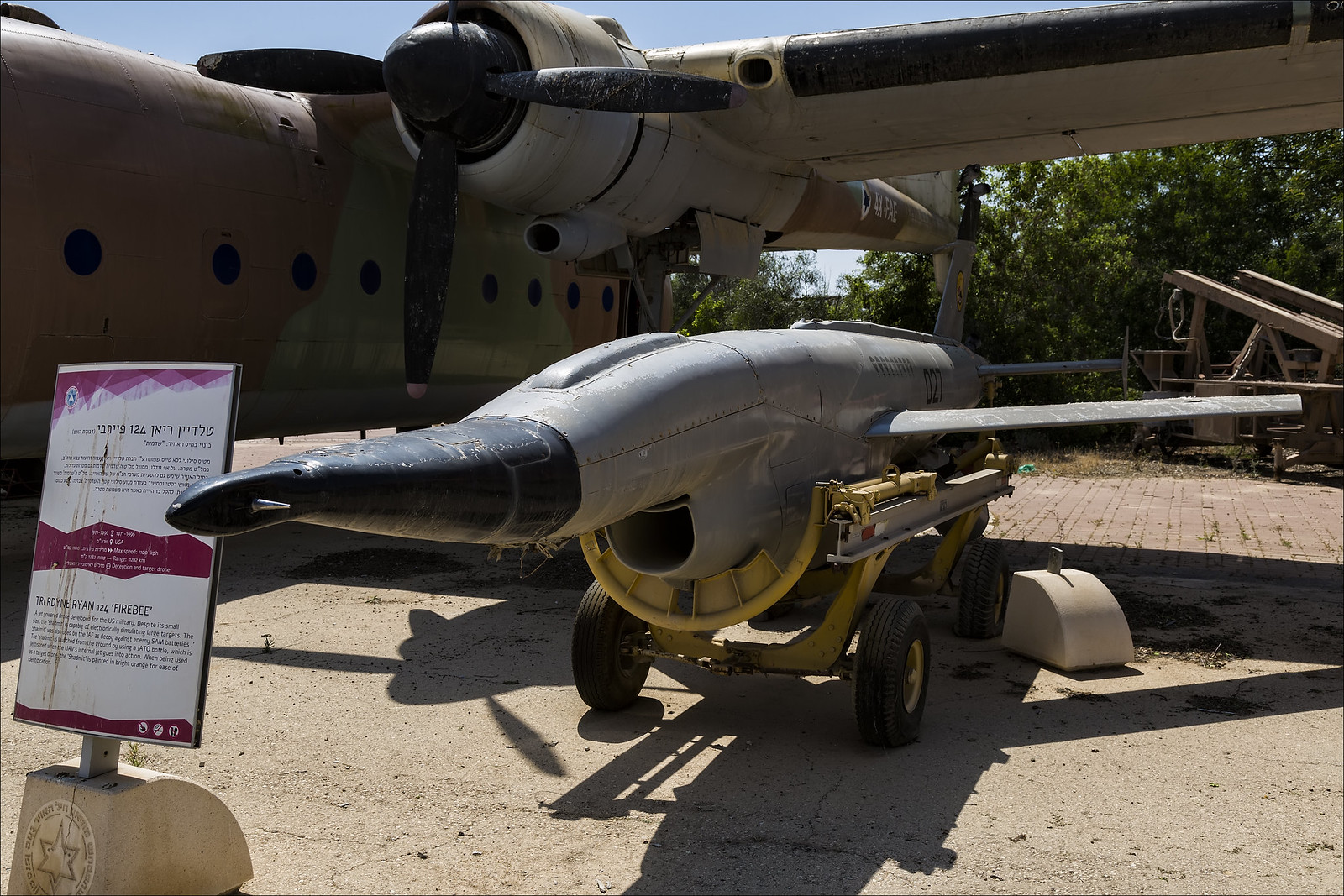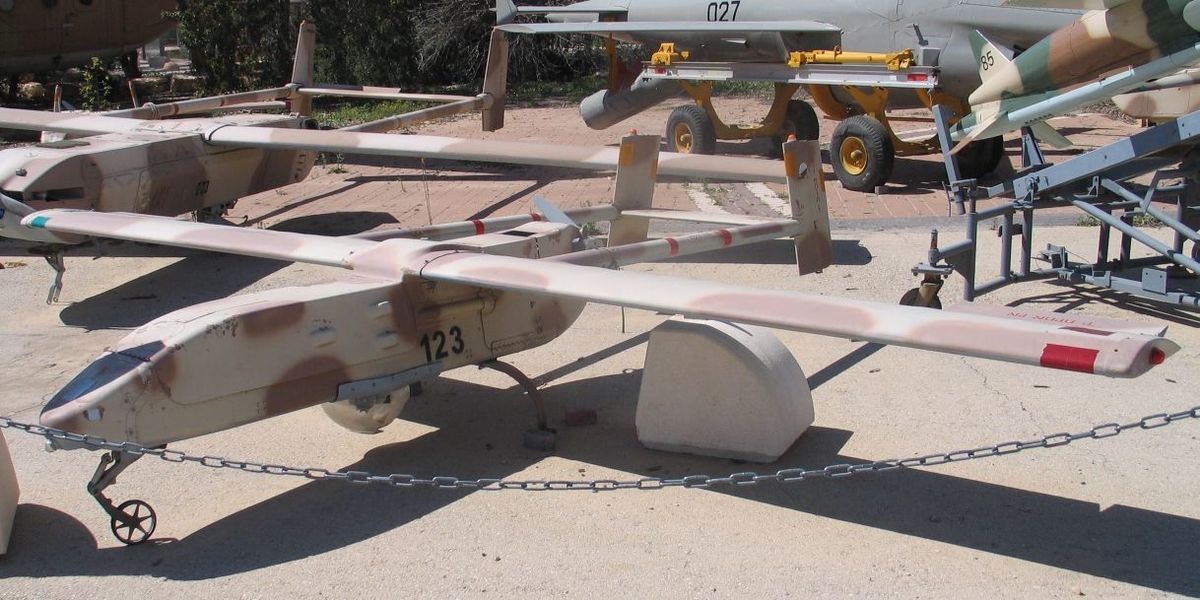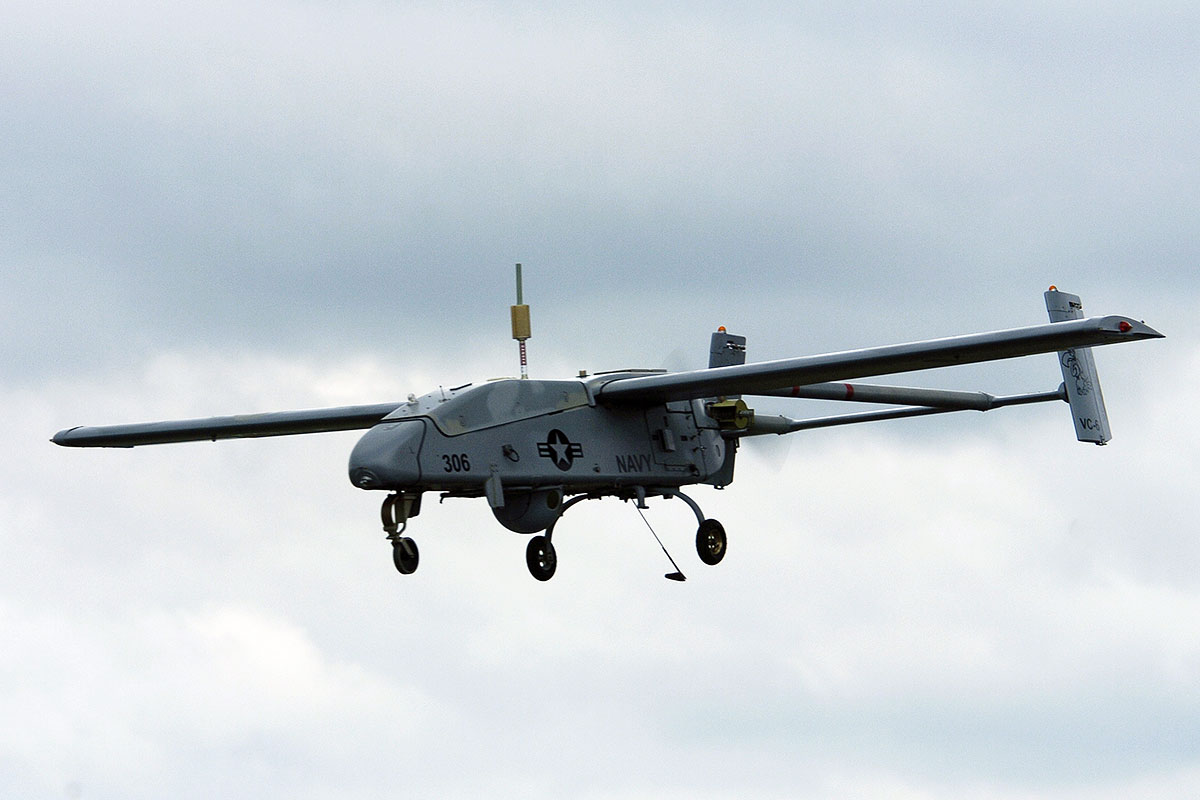AQM-34 Ryan Firebee
From their early use as target drones and remotely piloted combat vehicles, UAVs took on a new role during the Vietnam War: stealth surveillance.
In 1960, the U.S. Air Force began its first stealth aircraft program The resulting AQM-34 Ryan Firebee was air-launched and controlled from a DC-130 director aircraft. After a mission, the Firebee UAV was directed to a safe recovery area, where it deployed its parachute and was picked up by a helicopter. From October 1964 to April 1975, >1,000 Ryan Firebee UAVs flew >34,000 operational surveillance missions over Southeast Asia. The Firebee was extremely reliable; 83 percent of the Firebees flown during the Vietnam War returned to fly another day.
